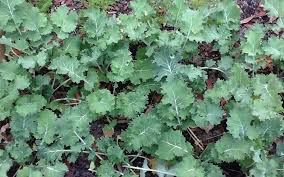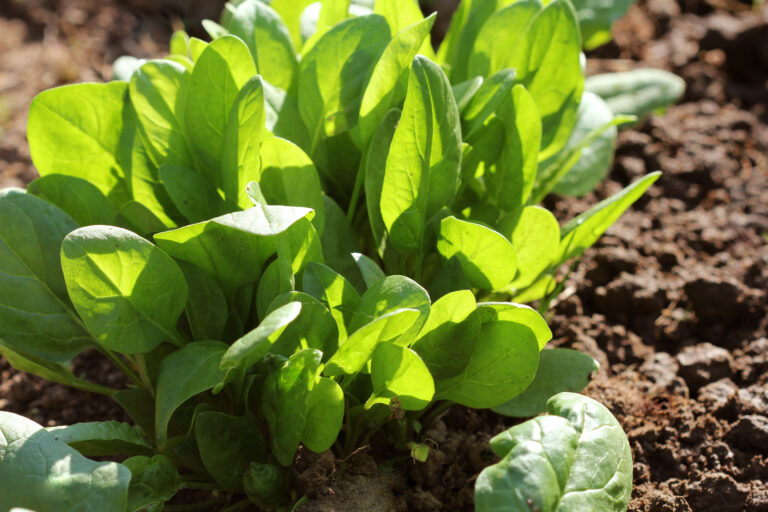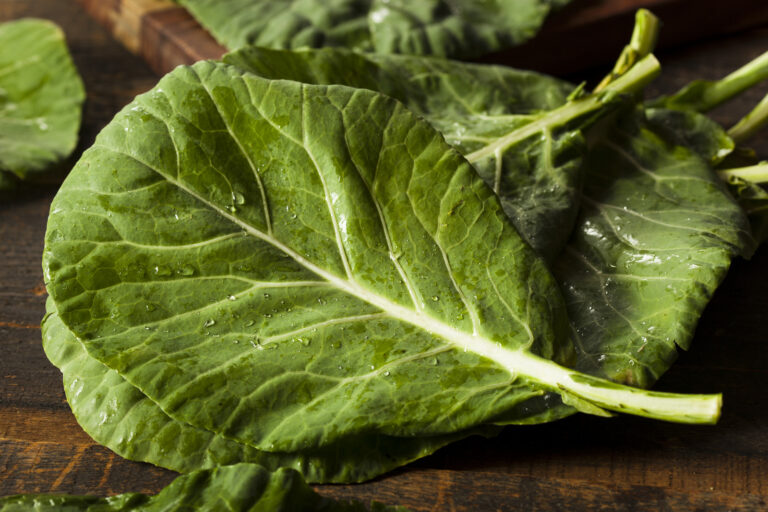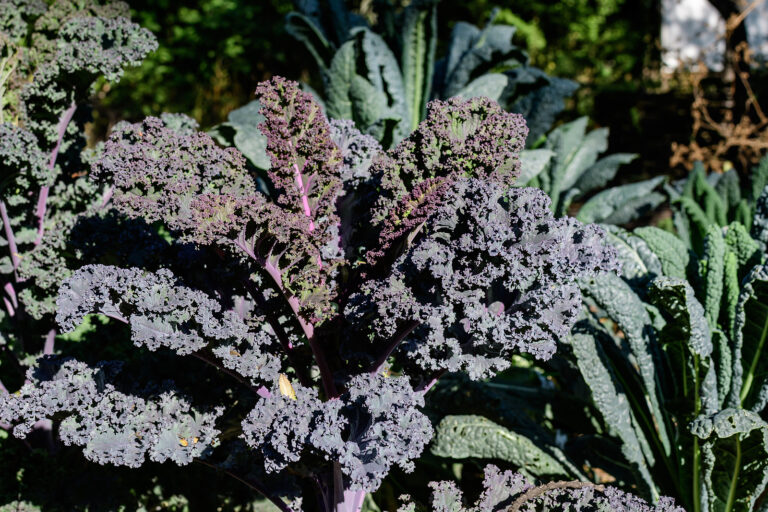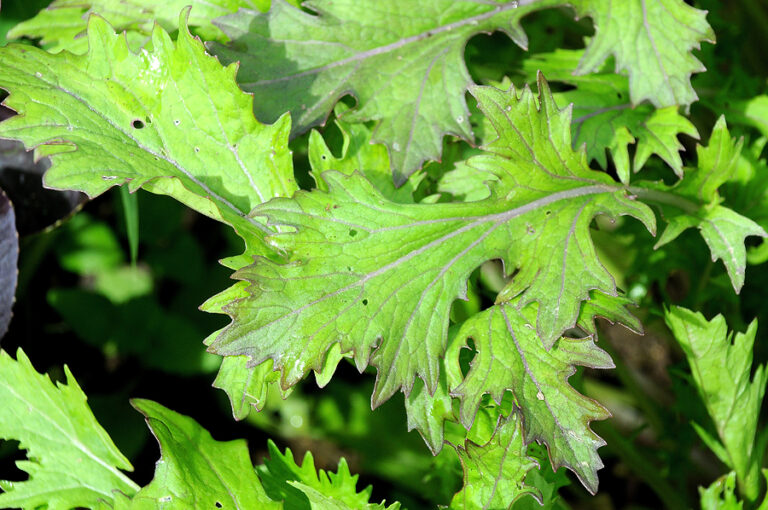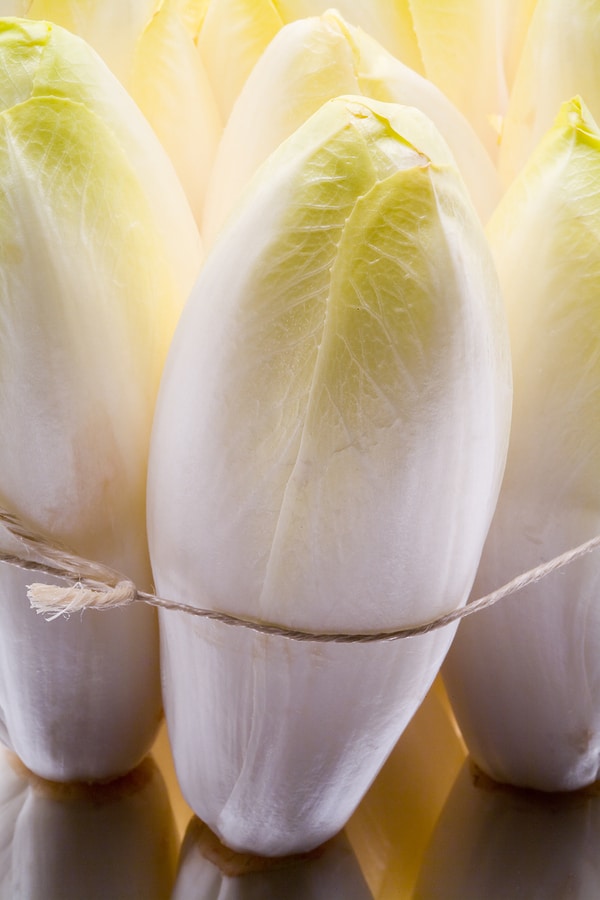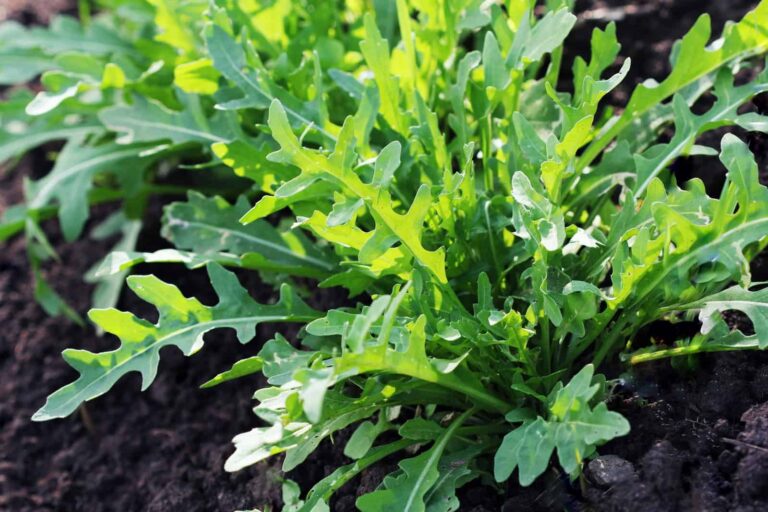Succession Planting Kale for a Continuous Harvest
After decades of growing kale in both mild and challenging climates, I’ve found that succession planting is the single best way to ensure a steady supply of fresh, tender leaves. Instead of planting all at once and watching the crop peak and fade, you can space your plantings over time for harvests that last for months.
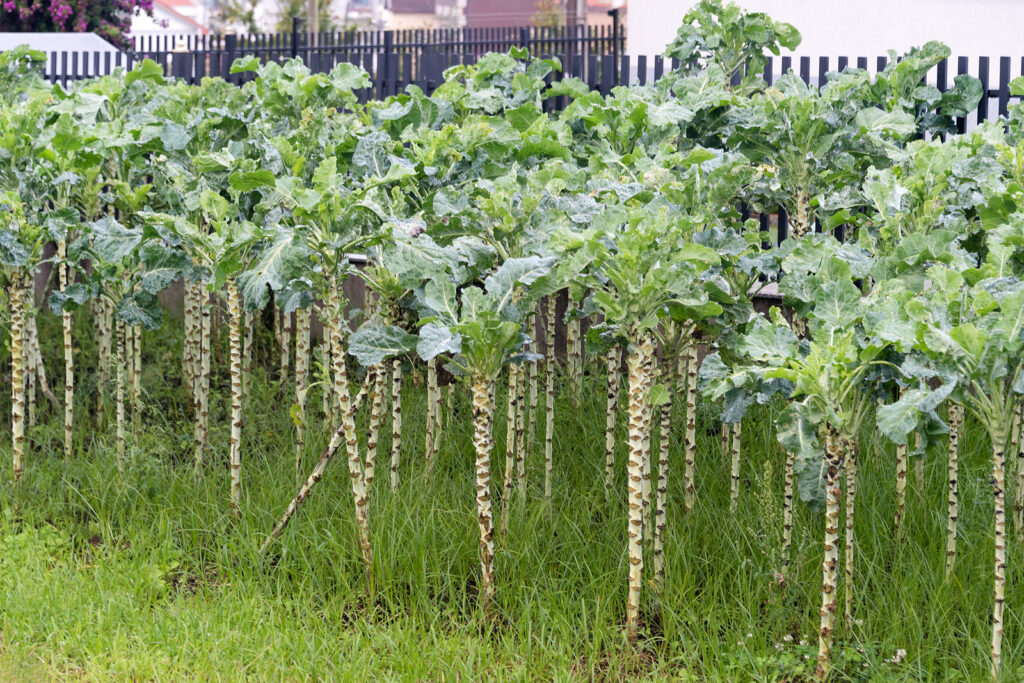
Why Succession Planting Works for Kale
Kale grows quickly in cool weather and can produce for weeks or months, but individual plants eventually slow down or become tough. By sowing new plants regularly, you always have younger, more tender leaves ready to harvest.
From my experience: In my Sonoma Valley beds, staggering kale plantings every three weeks keeps the salad bowl full from October through May.
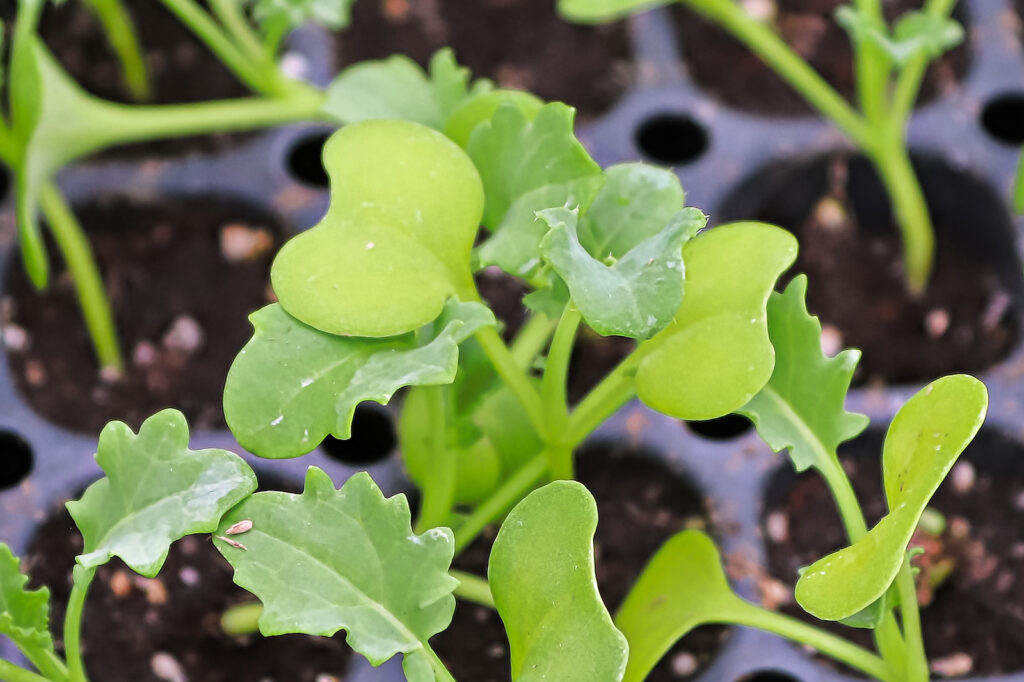
Planning Your Succession Schedule
1. Choose Varieties with Different Maturities
- Fast growers: Premier, Red Russian (ready in 25–30 days for baby leaves)
- Mid-season: Lacinato, Winterbor (50–60 days)
- Long-season: Siberian, Portuguese kale (slow to bolt and produce into warm weather)
This variety mix ensures overlap and resilience if one crop struggles.
2. Set Planting Intervals
- Cool seasons: Every 2–3 weeks until 6 weeks before first frost.
- Warm climates: Plant every 3–4 weeks during mild months; pause in extreme summer heat.
In my coastal garden years, I planted in August, September, and October, giving me harvests from late fall through spring without gaps.
3. Combine Direct Sowing and Transplants
- Start some seeds indoors for transplanting.
- Sow others directly in the garden.
This gives you plants at different growth stages, perfect for staggered harvesting.
Harvesting for Maximum Production
- Baby leaves: Begin harvesting when plants are 4–6 inches tall, picking outer leaves first.
- Mature leaves: Keep harvesting outer leaves regularly to encourage new growth.
- Rotation: Pull declining plants and replace them immediately with new seedlings.
In my experience, harvesting lightly but often keeps kale sweeter and more tender than taking large cuts infrequently.
Bonus Tip: Overwintering Kale for Spring Harvest
In climates with mild winters, mature kale can overwinter, giving you an early spring harvest while your next succession plantings get started.
Final Thought: With careful planning and a little attention to timing, succession planting kale will keep your kitchen stocked for months. I’ve used this method for decades to enjoy kale almost year-round, and the same strategy will work in your garden too.
🥬 Kale Learning Hub
Start here: The Ultimate Kale Growing Guide: From Seed to Harvest
1. Types and Varieties of Kale
- Different Types of Kale Explained: Curly, Flat, Russian & Tuscan
- Best Kale Varieties for Different Climates
2. Planting and Timing
- Kale Seed Starting Tips
- When to Plant Kale for Fall, Winter, and Spring Harvests
- Succession Planting Kale for a Continuous Harvest
- How to Space and Thin Kale for Maximum Yield
- Zone-by-Zone Kale Planting Calendar
3. Seasonal Growing
- How to Grow Kale in Cold Climates and Overwinter Successfully
- Can You Grow Kale in Summer? Tips for Heat-Stressed Plants
4. Care and Maintenance
- How Much Water Does Kale Need? A Watering Guide
- How to Fertilize Kale for Lush Leaf Growth
- Best Companion Plants for Kale (And What to Avoid)
- How to Prune Kale for Continued Production
5. Container Gardening
6. Pests and Diseases
7. Harvest and Storage
- How to Harvest and Store Kale
- How and When to Harvest Kale Leaves for Best Flavor
- Tips for Extending Kale Harvest Through the Season
8. Kale in the Kitchen

